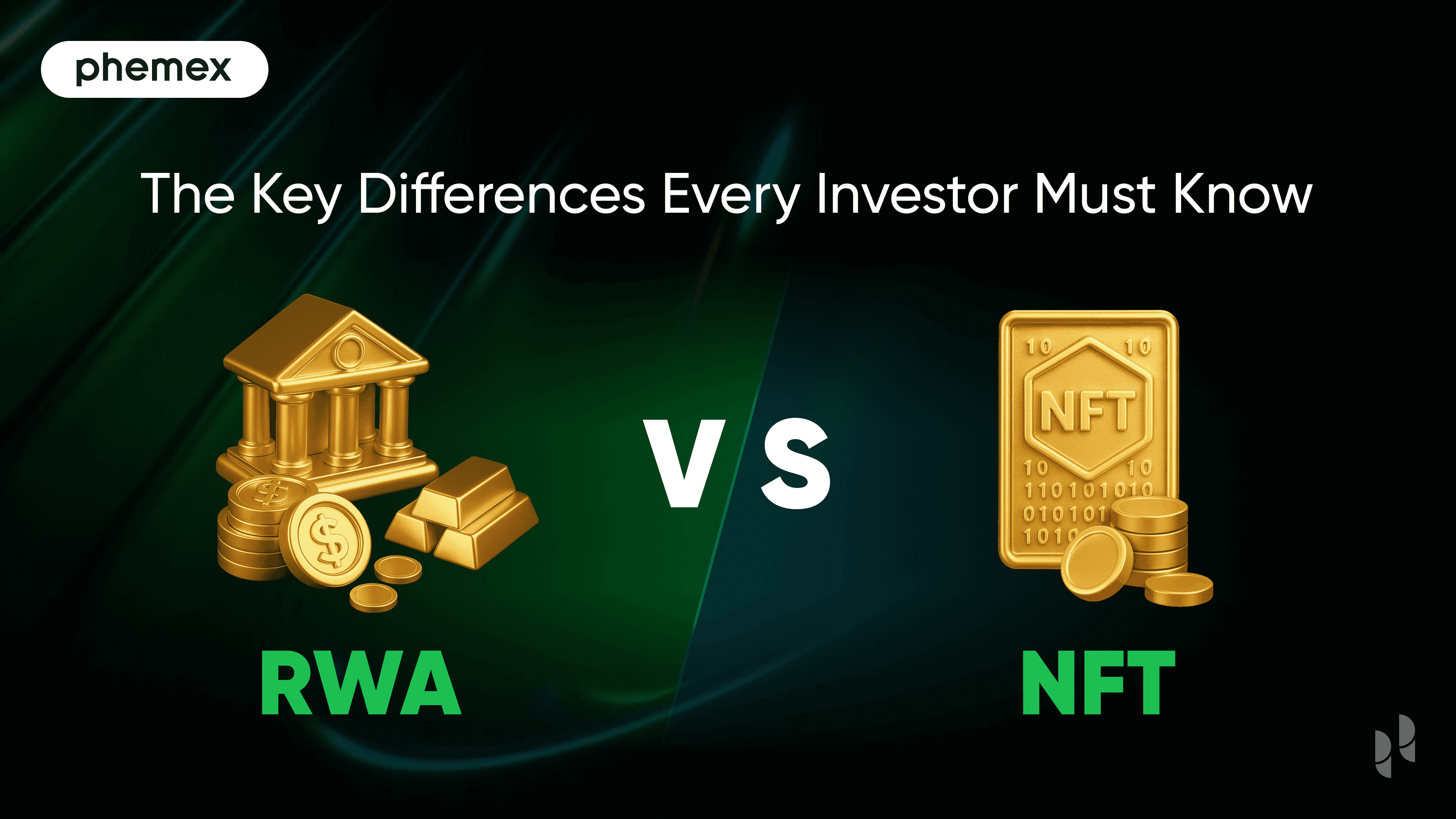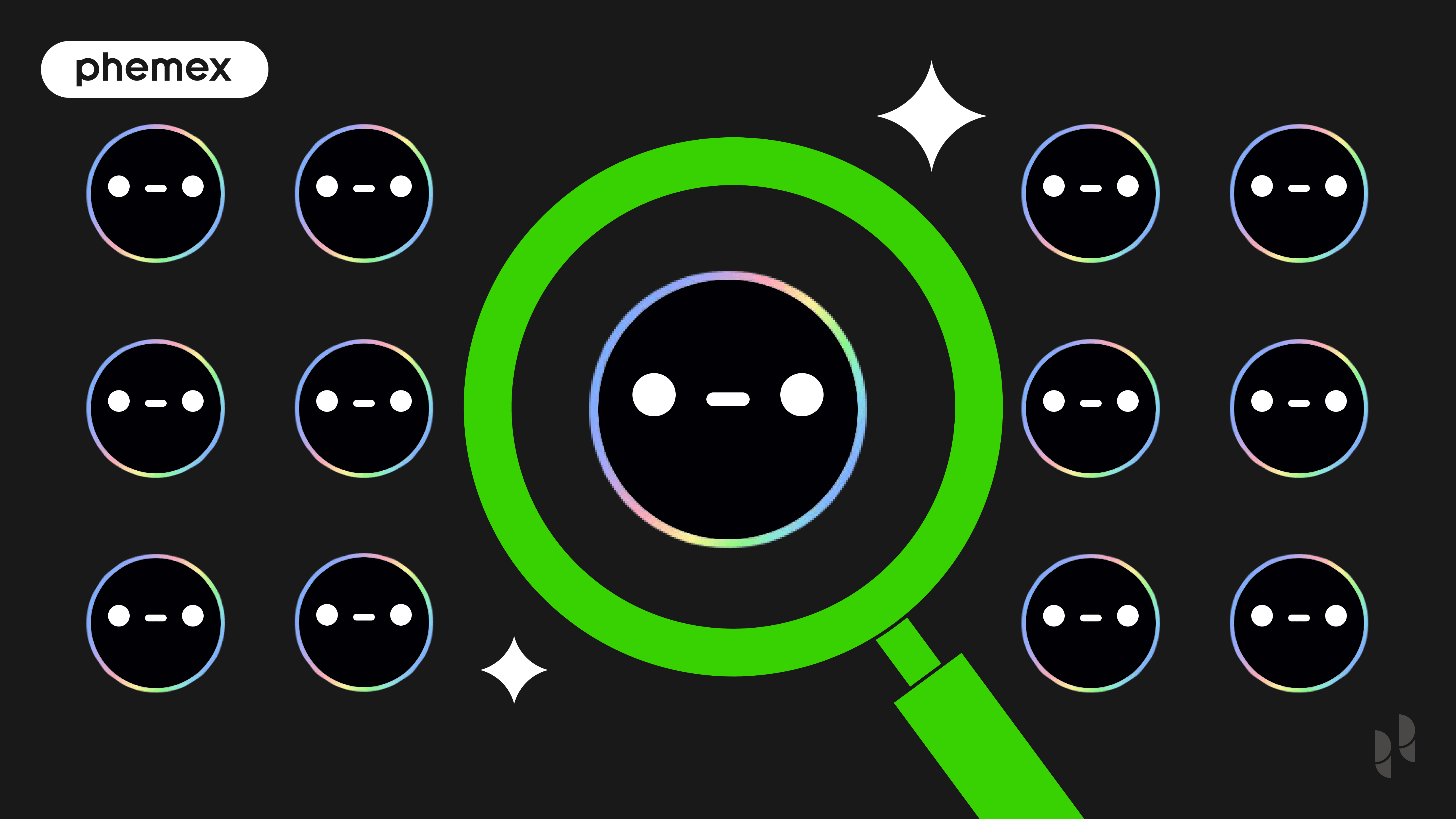
As the original cryptocurrency, Bitcoin has long been hailed as the “king” of all cryptos due to the network’s exponentially higher market capitalization, deeper history, and first-mover advantage. However, as the industry has evolved, a number of other cryptocurrencies have arisen that seek to outcompete the Bitcoin network on its perceived shortcomings. While Bitcoin has always been seen as the most decentralized network due to its massive number of decentralized nodes, as well as the anonymity and inactivity of its founder Satoshi Nakamoto, the cryptocurrency does suffer a relative lack in scalability and composability. Much of these limitations are by design, in order to uphold the security and decentralized nature of the network, but they do present opportunities for other networks such as Ethereum and Solana to offer use-cases that Bitcoin cannot.
Ethereum, most notably, has thrived through the facilitation of smart contracts and programmability of its network. As far and away the second largest crypto by market capitalization, Ethereum has enjoyed strong and growing network activity since inception. One of its many use cases is NFTs (non-fungible tokens), which took the cryptosphere by storm in 2021 and gave rise to its very own niche industry. NFTs are essentially tradeable one-of-one tokens that are commonly used for financial speculation as well as royalty payments via smart contracts. Ethereum’s malleability in supporting elements such as DeFi and NFTs has long been interpreted as a concrete advantage of the network over Bitcoin. However, in 2023 the Bitcoin network unveiled an innovation that rivals NFTs. Bitcoin inscriptions, known as Ordinals, spurred a market craze and catapulted Bitcoin network activity to new heights.

What is a Bitcoin Inscription?
Ordinals are digital assets inscribed on a satoshi, which is the lowest denomination of Bitcoin (equating to one hundred millionths of a Bitcoin - 0.00000001 BTC). Essentially, they are Bitcoin inscriptions that can be used as digital artifacts, and each one is completely unique because each satoshi is tracked separately on the blockchain. Ordinals have been dubbed “NFTs” on the Bitcoin blockchain. Because Bitcoin has a limited supply, the number of satoshis are also limited, meaning that the number of possible ordinals is limited as well. They are not entirely comparable to NFTs, because ordinals do not store any data off-chain, are not programmable, and do not consist of any smart contracts.
Ordinals can be created by inscribing data, such as text, images, and videos to a satoshi. The inscribed content is permanent and immutable, so they are considered scarce items. Because each satoshi can be tracked transparently, ordinals themselves can be securely traded using signed bitcoin transactions technology. Satoshis themselves feature a rarity system based on which blocks were produced during Bitcoin mining difficulty adjustments, halvings, and cycles.

History of Ordinals Development
Bitcoin Ordinals were first launched in January 2023 by the Bitcoin developer Casey Rodarmor. However, the technology behind inscriptions has been in development by as early as 2017. This is because ordinals are ultimately made possible due to two core upgrades to the Bitcoin blockchain - Segregated Witness (SegWit) and Taproot. While these two upgrades introduced multiple new features to the network and weren’t implemented specifically to enable ordinals, they did create the foundation to make inscriptions possible.
By creating a "witness data" portion that can hold any type of data, the 2017 Segregated Witness (SegWit) update effectively divided a Bitcoin transaction into two halves. The upgrade was first developed to allow for arbitrary data transmission and to get around the block size constraint. Technically speaking, witness data, including the sender's digital signature, was no longer required for Bitcoin transactions after the release of this upgrade. Instead, the change created more room for witness information. The SegWit upgrade increased the amount of random data that could be included in a single transaction as well as expanded the number of potential transactions per block. These improvements in network scaling aided in the future establishment of Bitcoin Ordinals.

In 2021, the Taproot update was released with the goal of improving the privacy, security, and scalability of Bitcoin. Taproot made it possible to employ a technique that makes storing random witness data easier. The primary objective of the updates was to enhance the foundation for Bitcoin-based smart contracts. Theoretically Bitcoin NFTs would use Taproot script-path spend scripts to store data. Because of the Taproot improvement, a single transaction can conceivably fill up an entire block up to the block size limit of 4MB. All of this supports the widely held belief that ordinals efficiently utilize block space, which is actually quite significant because blocks must be full in order for the Bitcoin network to be secured. After all, if blocks are not full then there is no incentive for anyone to pay the network fees to add their transactions to the block.
Inscription Ordinals vs. NFTs
Ordinals are often referred to as “Bitcoin NFTs,” because they share the same characteristics of being scarce, unique data empowered by blockchains. However, the two technologies feature several key differences as well.
Enhanced Security of Inscriptions
Ordinal inscription transactions offer heightened security because of Bitcoin’s transaction model. Users can observe the specific inscriptions being transferred in a transaction before signing it, facilitating easy tracking of inscription activity. Sale of inscriptions is simplified through the use of partially signed transactions, eliminating the need for a third party, like an exchange, to execute transfers on behalf of the user. In contrast, many NFTs pose potential security risks for end-users, including complexities associated with interacting with opaque smart contracts and granting permissions to third parties.
On-Chain vs. Off-Chain
Bitcoin Ordinals exclusively exist on-chain and never off-chain. They maintain complete immutability and cannot undergo any alterations. Similar to Bitcoins, Ordinals can only be minted directly onto the blockchain.
In contrast, NFTs have the capacity to exist off-chain. For instance, NFTs on alternative blockchains may include references to files not hosted on the actual blockchain. While Ethereum NFTs themselves possess immutability, their metadata is frequently stored off-chain on a centralized server, and is linked to the NFT through its token ID. This metadata encompasses details about the owner, images, audio or video files, and similar attributes. Because the metadata may be stored off-chain, creators or owners have the ability to update and alter it.
This distinction is the basis for the creator of Ordinals to refer to them as digital artifacts rather than Bitcoin NFTs. According to Rodarmor, NFTs have an inherent weakness in their reliance on off-chain data. In contrast, Bitcoin Ordinals are considered complete as all their data is directly inscribed on-chain.
Block Size Limits
Another key distinction between these two technologies lies in data storage. Bitcoin imposes a block size limit of 4MB and a hard cap of 21 million coins. In a hypothetical scenario where all block space on the Bitcoin blockchain is utilized for Ordinals, it would constrain the number of possible Bitcoin NFT mints.
Conversely, other blockchains face fewer restrictions. The majority of NFTs are generated on the Ethereum blockchain using the ERC-721 non-fungible token standard. With Ethereum, a single contract for a transaction can define multiple NFTs. In simpler terms, a single transaction has the capability to accommodate a substantial quantity of tokens because the contract doesn't necessarily store the data - which can be located off-chain. In contrast, creating ordinal inscriptions requires a Bitcoin transaction, and the associated content must be held on the Bitcoin blockchain.

Tokenization vs. Inscription
Initially Ordinals may seem similar to NFTs. However, technically, an Ordinal remains fundamentally a satoshi. In contrast to NFTs, which are minted as entirely new tokens, Bitcoin Ordinals have the raw file data inscribed directly onto the Bitcoin blockchain. Ordinal NFTs do not incorporate distinct metadata files. For example, a typical Ethereum NFT includes a separate metadata file referencing the token (whether it be a digital image, audio file, or video). This file contains a link to the content represented by the NFT and serves as proof of digital ownership. This separation in components is not present in Ordinals. Instead, Bitcoin Ordinals store such files within the witness signature field of the satoshi transaction itself.
Nature of the Bitcoin Network
Due to Bitcoin's inherent limitations in handling royalties, sales of Bitcoin NFTs are unrestricted, and the assets are instantly tradable. This is attributed to two key factors. Firstly, Bitcoin transactions are irreversible, making it challenging to implement mechanisms for managing long-term royalties. Once a transaction is completed, its record cannot be modified, making it difficult to incorporate royalty structures. The second reason is associated with Bitcoin's scripting language, which is not well-suited for implementing and managing intricate contracts related to digital assets and automated payments. While Bitcoin's scripting language supports basic smart contracts, it lacks the capacity to handle more complex smart contracts, as seen in other networks like Ethereum.
For creators, this presents two options when interacting with Ordinals. They can either rely on on-chain mechanisms and price their initial sale accordingly, since royalties on secondary transactions are unattainable. Alternatively, creators can turn to off-chain mechanisms. In 2021, the NFT scene placed considerable emphasis on royalties and sought to disrupt various industries. Despite being technically feasible, there still is no standard conceptualization of NFT royalties and some argue they should be eliminated. In this respect, Bitcoin inscriptions are considered a more straight-forward digital artifact asset.
Read More
- What Are Ordinals & How does it Work?
- What is Inscription in Crypto & How does it Work?
- Why Does Bitcoin Have Value?
- What Are Non-Fungible Tokens (NFTs): Introduction to NFTs
- What Are Crypto Tokens? How Do They Work?
- What is Bitcoin: World’s Largest “Group Project”
- What Is a BRC-20 Token & How does it Work?
- What is Cryptocurrency & How It Differs From Digital Cash








